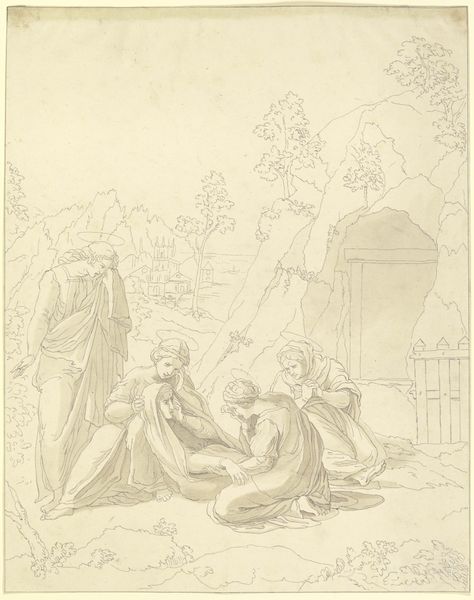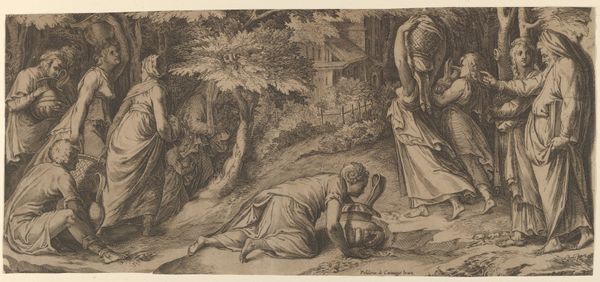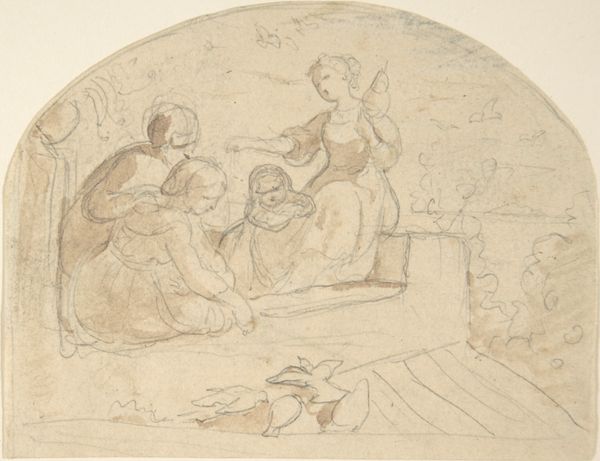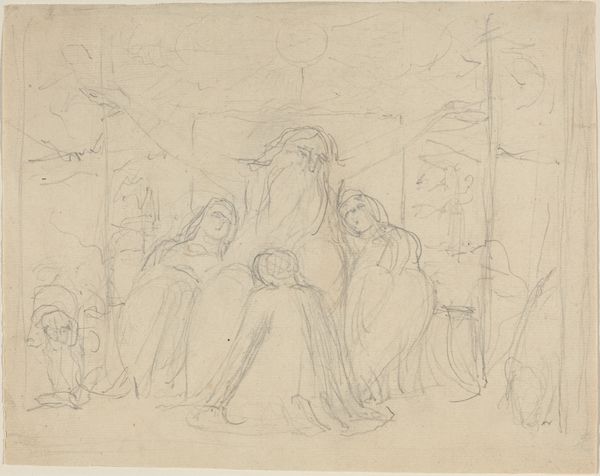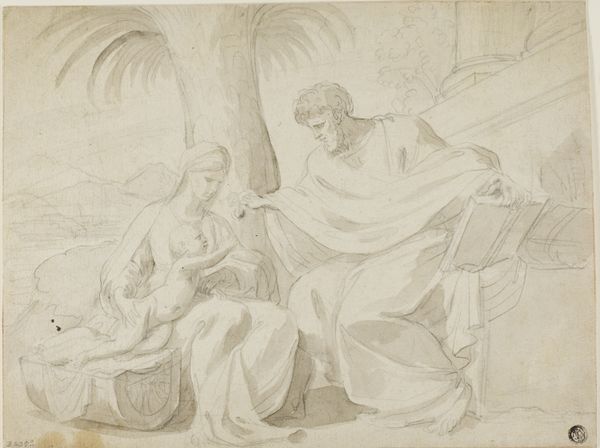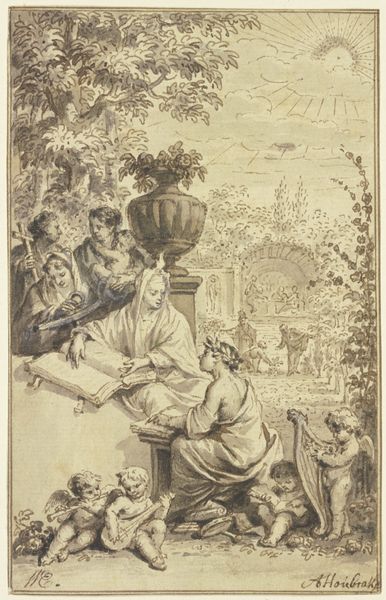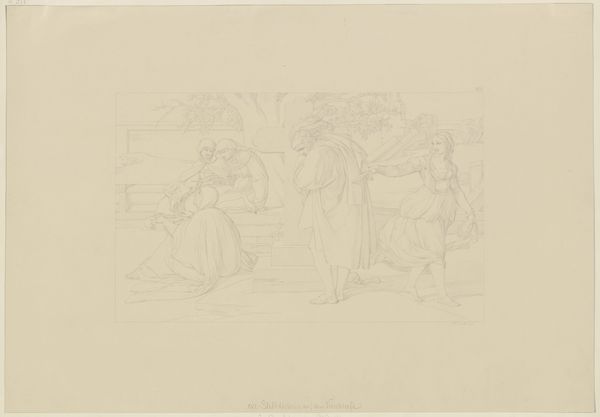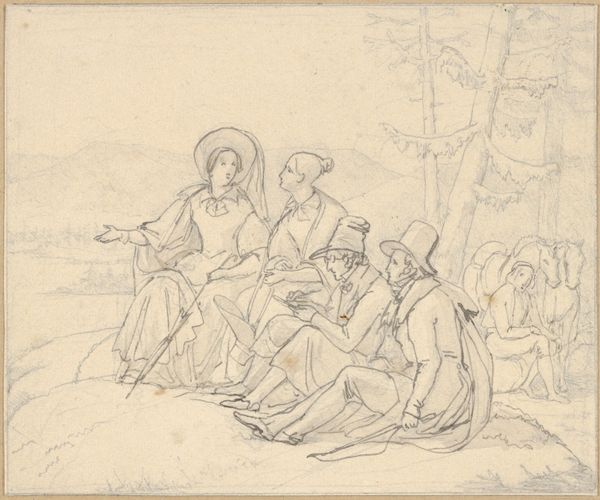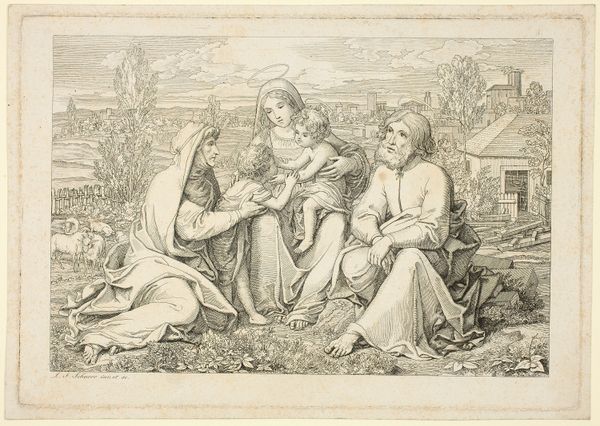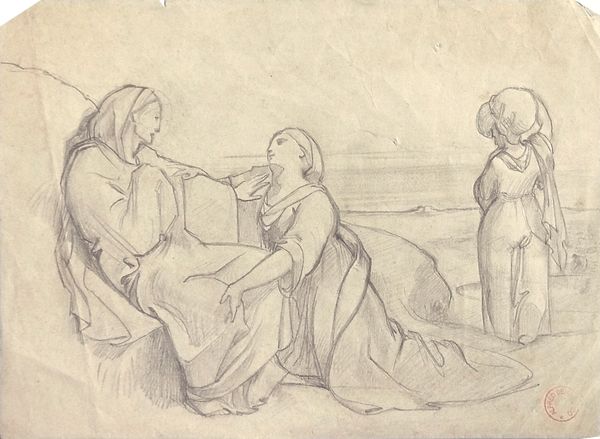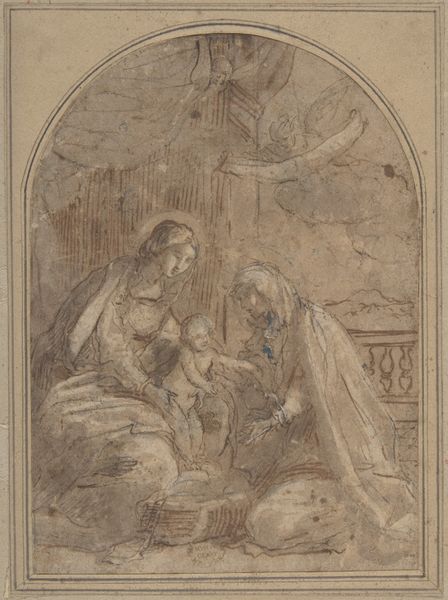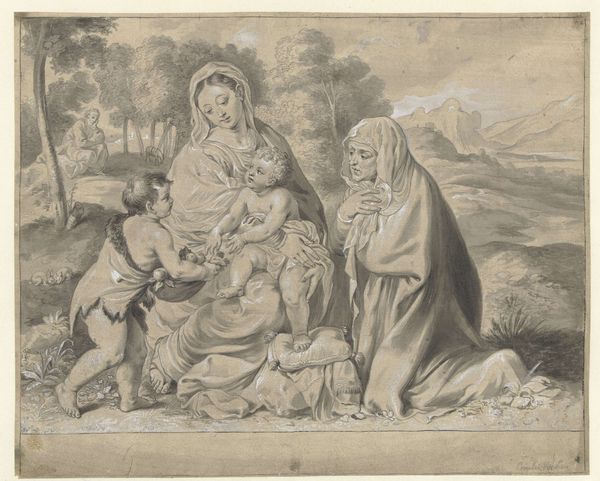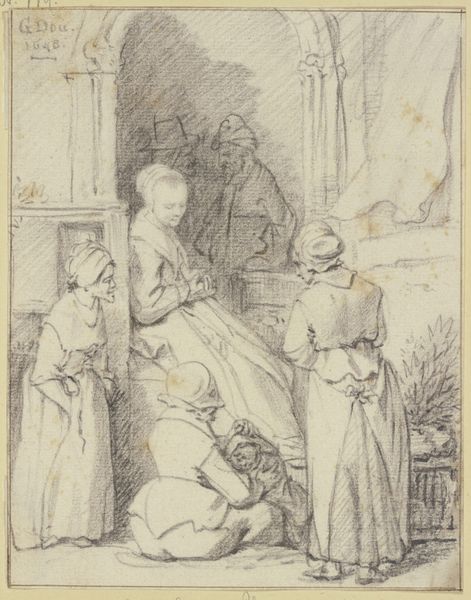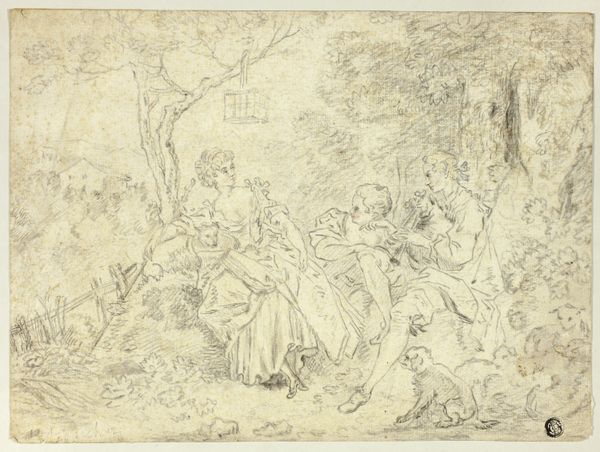![Verkündigung (Das Bild in Speyer)Illustration zu_ Heinrich Steinhausen, „Irmela. Eine Geschichte aus alter Zeit“, Prachtausgabe, Leipzig_ Georg Böhme, [1884], S. 87 by Wilhelm Steinhausen](/_next/image?url=https%3A%2F%2Fd2w8kbdekdi1gv.cloudfront.net%2FeyJidWNrZXQiOiAiYXJ0ZXJhLWltYWdlcy1idWNrZXQiLCAia2V5IjogImFydHdvcmtzL2RhNTIzNmJhLTQ0MDMtNDllYS1iODY1LTQ0ZTE4NDQxYzFlMy9kYTUyMzZiYS00NDAzLTQ5ZWEtYjg2NS00NGUxODQ0MWMxZTNfZnVsbC5qcGciLCAiZWRpdHMiOiB7InJlc2l6ZSI6IHsid2lkdGgiOiAxOTIwLCAiaGVpZ2h0IjogMTkyMCwgImZpdCI6ICJpbnNpZGUifX19&w=3840&q=75)
Verkündigung (Das Bild in Speyer)Illustration zu_ Heinrich Steinhausen, „Irmela. Eine Geschichte aus alter Zeit“, Prachtausgabe, Leipzig_ Georg Böhme, [1884], S. 87 c. 1884
0:00
0:00
drawing, ink, pencil, chalk
#
drawing
#
pen sketch
#
landscape
#
figuration
#
ink
#
pencil
#
chalk
#
genre-painting
#
history-painting
#
northern-renaissance
Copyright: Public Domain
Wilhelm Steinhausen made this pen and India ink illustration in Germany as part of an 1884 edition of Heinrich Steinhausen's book, "Irmela. Eine Geschichte aus alter Zeit". The image depicts the Annunciation, but set in a very specific time and place: Germany in the late 19th century. The angel Gabriel appears to Mary in a middle-class domestic garden that's markedly distinct from traditional depictions, and there is a distinct emphasis on homeliness. How can we interpret this choice? In Germany, the late 19th century was a period of rapid social and political change. Artists like Steinhausen were reckoning with the rise of nationalism, of modernism, and a new visual culture. Religious art was now being conceived as a historical genre that could, nevertheless, be reimagined to reflect contemporary values. Looking at popular magazines, political pamphlets, and the wider visual culture of Germany at this time can help us to understand the social conditions that influenced Steinhausen’s work. The role of the historian is to connect artistic choices with specific moments in time.
Comments
No comments
Be the first to comment and join the conversation on the ultimate creative platform.
